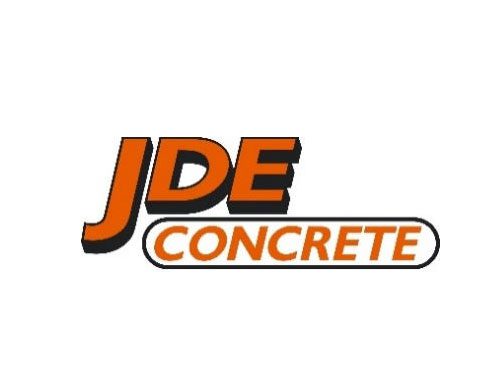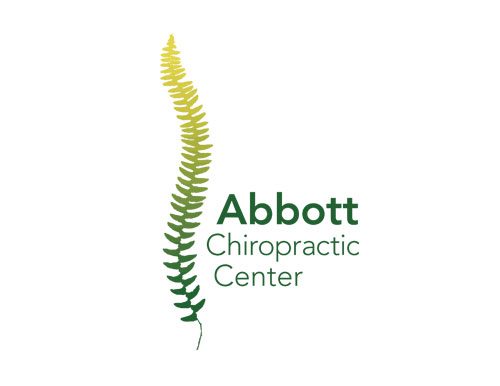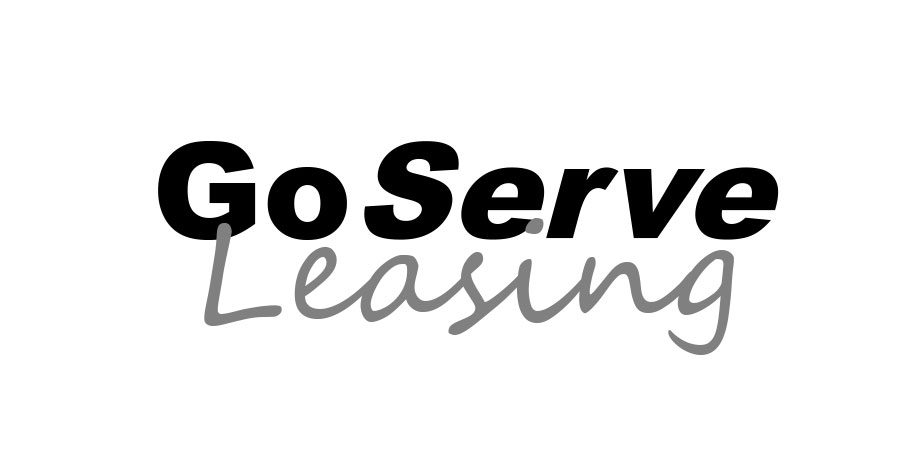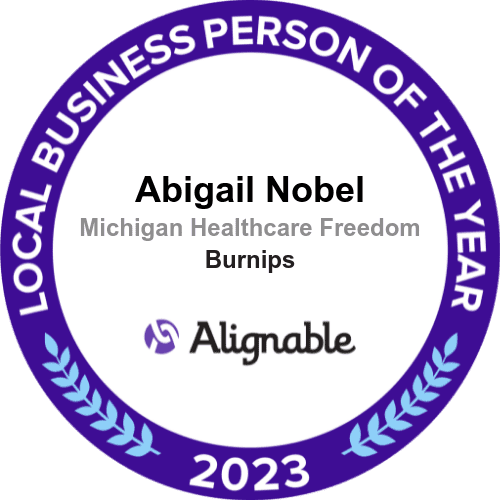
The American Society of Employers (ASE) in Troy, MI has polled Michigan employers to determine their health care plan preferences. They found Preferred Provider Organization (PPO) health insurance plans to be the most popular health insurance plans. It is not clear from this report, but it appears that ASE's survey was limited to private employers:
Report: PPOs Are the Preferred Health Care Plans Offered by Michigan Employers
Preferred Provider Organization (PPO) health insurance plans are the most popular health insurance plans offered by employers in Michigan, according to a new survey by Troy-based ASE, one of the nation’s oldest and largest employer associations.
By Tim Keenan - October 16, 2025Preferred Provider Organization (PPO) health insurance plans are the most popular health insurance plans offered by employers in Michigan, according to a new survey by Troy-based ASE, one of the nation’s oldest and largest employer associations.
ASE’s 2025 Health, Welfare, and Retirement Plans Survey shows that PPOs are offered by 83 percent of non-unionized organizations and 91 percent of unionized organizations in the Great Lakes State.
The annual survey of Michigan-based employers assesses employer-sponsored health and welfare plans ranging from employer-provided medical coverage to retirement plans. The study reveals that employers are taking a balanced approach to managing rising benefit costs while staying competitive in the labor market.
“Employers are addressing cost pressures in multiple ways,” says Mary E. Corrado, president and CEO of ASE. “Many continue to share costs with employees through deductibles and payroll contributions, but we’re also seeing strong movement toward structural solutions like telemedicine, Consumer-Driven Health Plans (CDHPs), wellness programs, and optimized prescription formularies.”
A majority of the participating companies (64 percent) reported offering a choice of two to three health plans. Eighteen percent offered only one plan, and another 18 percent offered four or more. Sixty-two percent of companies with 500 of more employees offer three or more plans.
An analysis of employers’ median premium contributions for employee-only health coverage were 83 percent for Consumer Driven Healthcare Plan (CDHP) HMOs and PPOs, and 80 percent for Traditional HMOs and PPOs.
Median annual plan deductibles (in-network, employee-only) were $2,500 for CDHP HMOs and PPOs, and $1,000 for Traditional HMOs and PPOs.
Other health care-related highlights from the survey include:
* 39 percent of all companies reported self-funding their health plans. For large companies (500 or more employees), 70 percent reported being self-funded.
* Participants reported that the projected median plan rate increase for 2026, following plan changes, is 8 percent. Actual 2025 increases were 6 percent.
* Increasing employee education regarding health plan features and costs remained a top strategy. It was the number one planned strategy for 2025 (26 percent).Key cost containment strategies implemented prior to 2025 include offering telemedicine within one or more health plans (59 percent), implementing a Consumer-Driven Health Plan (CDHP) (28 percent), and increasing employee education regarding health plan features and costs (28 percent).
The survey also gathered data on retirement plans, revealing that 96 percent of employers offer 401(k) or 403(b) options.
For 401(k)/403(b) plans, 27 percent allow immediate participation, and 20 percent allow participation after one month of employment. Forty-three percent of 401(k)/403(b) plans utilize auto-enrollment. Of these, 62 percent use a Target/Lifestyle fund as the default, and 28 percent use a balanced fund. Thirty-eight percent of 401(k)/403(b) plans offer 100 percent immediate vesting for employer contributions.
A total of 225 organizations across Michigan participated in the 2025 survey. Companies with 50–499 employees nationally accounted for the largest share, making up 55.6 percent of the sample (125 organizations). Organizations with 500 or more employees represented 26.7 percent (60 organizations), while those with fewer than 50 employees comprised the remaining 17.8 percent (40 organizations).
For more information about ASE (originally American Society of Employers), visit aseonline.org.







